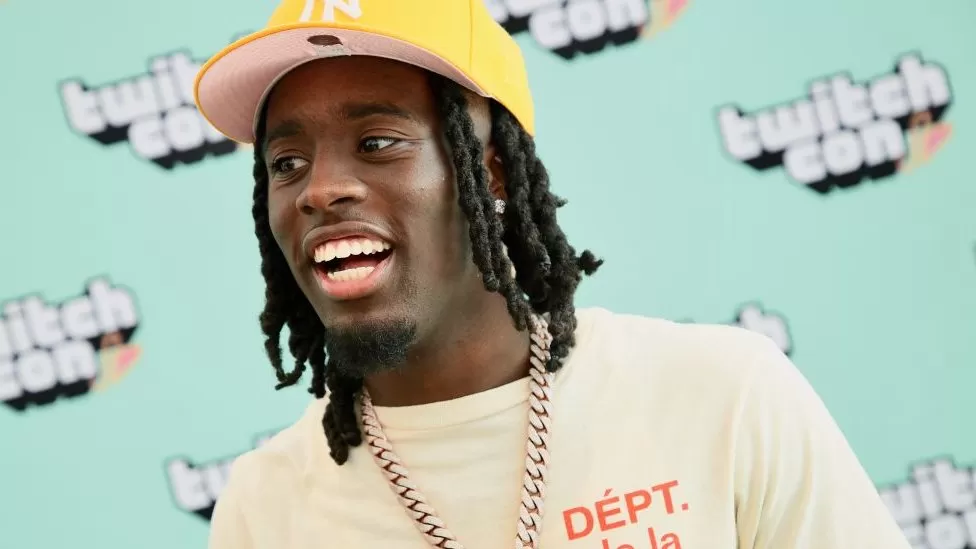How Kai Cenat and others make money filming themselves sleep

Almost everyone twitches while they sleep, but a few have made money from it.
So-called “sleep streamers” broadcast live footage of themselves under the covers on YouTube, TikTok and Twitch.
Kai Cenat, who was recently charged with inciting a riot in the US, is at the center of this situation.
A non-stop month-long stream in March earned him tens of thousands of dollars, according to estimates.
In June, Amouranth, one of the world’s most famous streamers, said she could earn up to $15,000 from a sleep stream.
As well as providing viewers with entertainment, sleep streams can provide a sense of community.
The idea might sound bizarre, but it’s not entirely new – Big Brother was one of the world’s most popular reality shows in the early 2000s – and the 24-hour live stream of the show was a surprise online hit as housemates slept through the night.
David Beckham slept an hour-long video that was unveiled by the National Portrait Gallery in 2004. If you snooze, you win.
Sleep streams have evolved into other forms. Viewers pay streamers to stay awake rather than pay streamers to sleep. The streamer can be interrupted from their siesta by loud noises, alerts, flickering lights, or making things happen in a room by donating money.
Like a live-action video game, these videos show the streamer trying to fall asleep while the players – or viewers – do everything they can to wake him or her up.
There are several “sleepfluencers” on TikTok, such as Jakey Boehm and Stanley – aka StanleyMov, who says he makes enough from sleep streams to pay his rent.
This content cannot be displayed. Visit Instagram for original content
It is not the BBC’s responsibility to monitor the content of external sites.
There will be a price to pay for the privilege. For example, viewers can pay $95 to give StanleyMov an electric shock through a bracelet he wears: “Usually when I do sleep streams, I make YouTube videos and make content out of them afterwards, so it’s basically just content for the YouTube channel,” he said.
It might be like our primal instincts, but some people really enjoy seeing others in pain or getting hurt, if that makes sense.”
Stanley has stopped doing sleep streams for now, despite making good money with the streams – $12 to make his lights flicker and $24 to blind him with a very bright light.
My content is all done by me – I record and edit almost three videos every week over the past three years.
In fact, I’m basically editing the video as I’m streaming it. My brand is basically my joke, my humour, and that comes down to editing,” he said.
Dream big
The money may be good – but is it a good investment?
In her self-help book Navigating Sleeplessness, Dr Lindsay Browning says there are two schools of thought on sleep.
A good night’s sleep every night has a humongous multitude of benefits, she said.
“But real life doesn’t work that way. What about parents whose children get sick? There are 100 reasons why we can’t sleep well.
In my job, I work with people who have insomnia, a condition where they want to sleep but their brain won’t allow them to, and part of curing insomnia is to reduce the fear factor that one night of bad sleep isn’t the end of the world.”
While sleep streams might not seem like a good idea on the surface, she said they’re similar to getting drunk on a Friday-it’s not great, we all know that, but you can have fun with your friends and it’s not the end of the world.
In addition, Dr. Browning said, “if you put that under ‘doing it twice or three times a week to earn lots of money’, then why not?”
In addition to electric shocks, it might be the sense of community that keeps people returning to streamers such as Amouranth and Kai Cenat when they’re sleeping.
Stanley said that people watch it for comfort. It makes them feel like they aren’t alone.”
